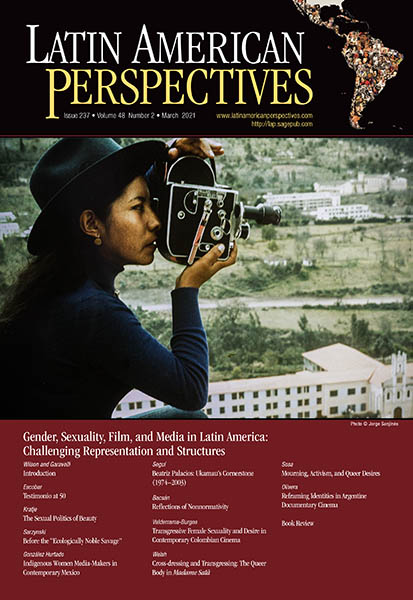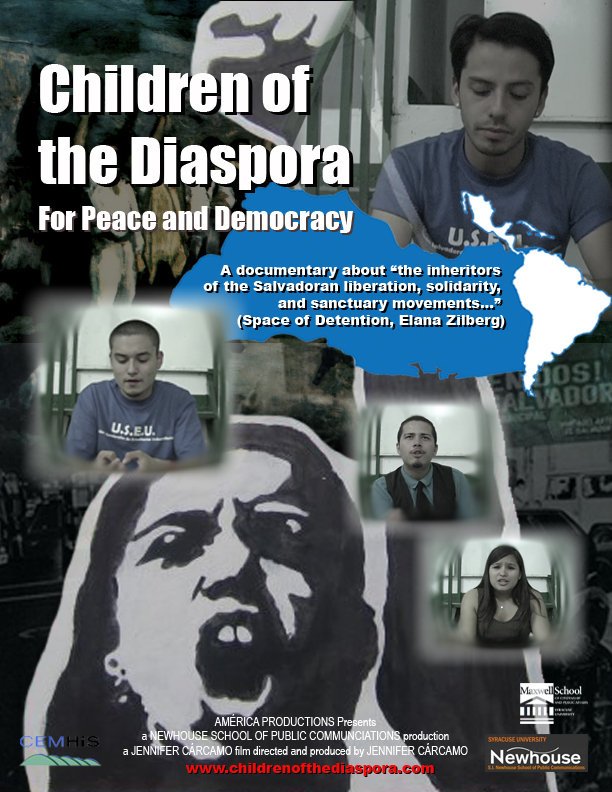In the past several decades the theme of migration has continually recurred in the cinema of and about Latin America, and it is not difficult to see why it is a popular topic in a region characterized by rapid upheavals in political, economic, and cultural circumstances.
In the midst of flux and change, movement is transformed into something
more than an urgent necessity. It is a reflex; it becomes one of the few ways that one can
make sense of the ever-shifting world. Indeed, we can even speak of the aesthetics of
migration itself and suggest that cinema is well suited to depicting and contemplating
that experience of traversal within and across national borders; the medium is capable
of capturing grand vistas and broad swaths of space and time, along with attending to
the minute details of daily life and daily struggle.
The more familiar manifestations of this theme come with the cycle of films, almost
a subgenre unto themselves, that chronicle the danger-filled journeys of migrants
toward the global North. In films like El norte (1983) and Sin nombre (2009) the border
between Mexico and the United States serves as a kind of finish line at the end of a
perilous obstacle course. The trajectories of migration in these films are varied.





